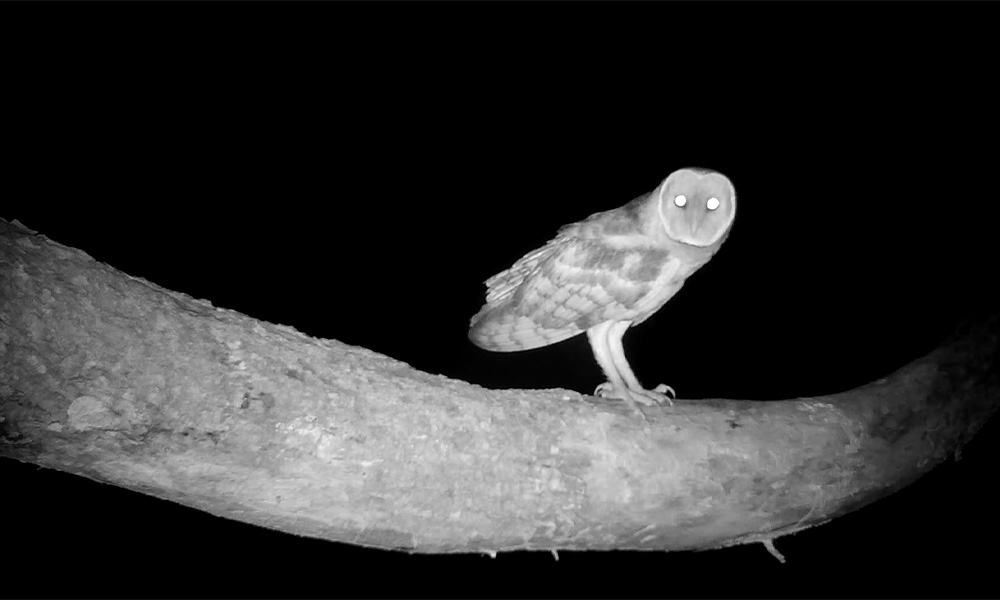It silently snatches its prey in the night. It’s one of the most widely distributed birds in the world. It’s the barn owl!
The barn owl (Tyto alba) is also known as the common barn owl in English (we’ll get into how common it is in a bit). There are a plethora of names in Spanish including lechuza, buho, lechuza ratonera, and lechuza de campanario. I like using lechuza de campanario because I’ve heard several Ticos use it before and because recently someone took the time to teach me that campanario means church steeple (where they often live), and I like knowing that tidbit of information.
As for lechuza vs. buho, this is a debate that I’ve never gotten a solid answer on. Both words mean owl. They both seemed to be used willy-nilly on all species of owls in Costa Rica depending on who you talk to. The trend at the wildlife center that I used to work at was that people seemed to use lechuza for smaller species of owl and buho for larger species, but I’m sure that’s not the real rule. If you know the answer, please teach me.
In general, owls are awesome. You hardly ever get to see them and when you do, it’s like finding a four-leaf clover. It’s a treat. The barn owl is no exception. They’re fairly large, they’re mostly white, they have a heart-shaped facial disk, and stern-looking black eyes. Like many species of owl, there’s something about the eyes that makes it look like they don’t like you when they look at you. They’re the grumpy old men of the bird world, and I love it.
Barn owls are found almost everywhere. They’re actually in the Guiness Book of World Records for owls with the largest distribution. They’re found throughout most of the world. The only continent where they are entirely absent is Antarctica. In Costa Rica, they’re found throughout almost all of the country except for very high altitudes. They’re not wild about thick forest and are often found in more open country like agricultural areas, open marshes, areas with scattered trees, and even towns and cities.
Barn owls are generally nocturnal, though you can sometimes spot them in the evening or early morning. They eat a variety of creatures including bats, birds, and large insects, but more often than not they dine on rodents. They hunt from low perches, finding prey through sight and sound. When a prey item is located, they are able to soundlessly swoop down on it because the feathers on their wings have structures that reduce turbulence, which allows them to fly in near silence.
Barn owls are one of the rare species that I’ve actually had more real-life interactions with than camera trap records. I’ve seen them a few times while checking cameras in the forest and while driving to camera trap sites when I leave early enough in the morning that it’s still dark. I hand-raised a few groups of juveniles at the rehabilitation and release center where I used to work.
Recently, park rangers at a national park in Guanacaste showed me a nest full of large juveniles in the roof of a lookout tower used to spot wildfires. Apparently, it’s such a good spot for a nest that the local male and female have been using it for years. I’ll include a cellphone video of the disapproving-looking juveniles in the video below.
I have recorded a few barn owls with my camera traps, most of which came from a camera surveilling a jabiru nest. Last week, a barn owl landed on a branch above a pond at a local project here in Guanacaste and stared directly at the camera. The video was so good that I had to write an article just as an excuse to share it with you.
About the Author
Vincent Losasso, founder of Guanacaste Wildlife Monitoring, is a biologist who works with camera traps throughout Costa Rica. Learn more about his projects on facebook or instagram. You can also email him at: vincent@guanacastewildlifemonitoring.com

